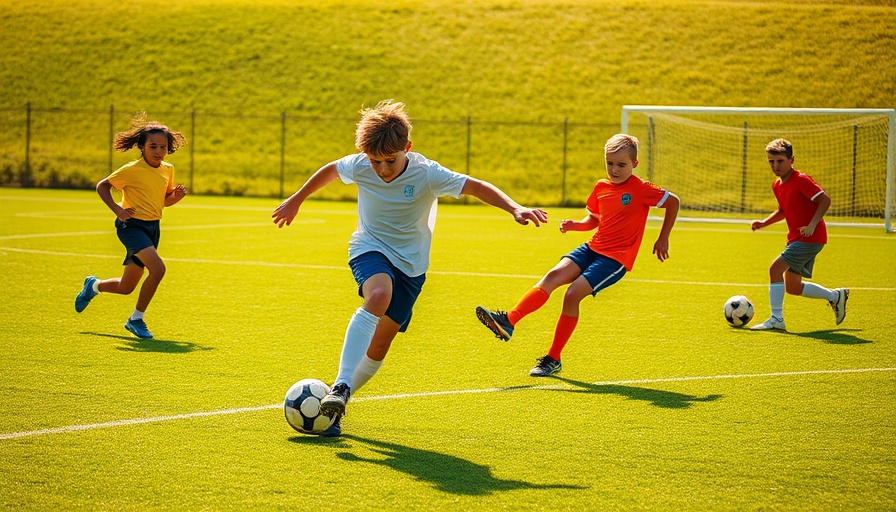
Understanding P.E.A.C.E. and L.O.V.E. in Sports Injury Management
In the world of sports, particularly in football, injuries are an unfortunate but common occurrence. Recent studies highlight that many footballers lack awareness of the P.E.A.C.E. and L.O.V.E principles, which are crucial for managing acute soft tissue injuries effectively. These principles emphasize a holistic approach combining protection, elevation, active movement, compression, and education (P.E.A.C.E.), followed by load management, optimism, vascularisation, and exercise (L.O.V.E.). Understanding and applying these concepts can significantly improve recovery outcomes and enhance athletes' performance on the field.
The Importance of Education for Athletes
Despite their importance, findings reveal that a majority of football players are unaware of these injury management strategies. This lack of knowledge can lead to improper treatment of injuries, increasing recovery time and the risk of re-injury. Coaches, trainers, and health professionals must prioritize education about P.E.A.C.E. and L.O.V.E. principles, ensuring athletes understand how to use these frameworks effectively. With more education, players can become proactive in their recovery, leading to overall better health management.
Parallel Examples in Other Sports
Interestingly, awareness of injury management principles varies across sports. For instance, athletes in contact sports such as rugby have shown a higher awareness of injury management strategies, often due to more comprehensive training and support systems compared to football. Drawing insights from these sports can help football federations and clubs develop more robust educational programs about injury management, ensuring players acquire the necessary knowledge to maintain their health rigorously.
Future Trends in Sports Medicine
As sports medicine enhances, there is an opportunity to integrate technology and data analytics into the education of athletes regarding injury management principles. Wearable technology that tracks athlete performance and monitors injury risks can provide real-time feedback, leading to a more personalized approach to injury management. This trend toward data-driven practices could revolutionize how athletes and medical personnel work together to mitigate injury risks and foster effective recovery strategies.
Addressing Common Misconceptions
One common misconception among athletes is that resting is the only solution for recovery following an injury. However, engaging in active rehabilitation and understanding how to apply P.E.A.C.E. and L.O.V.E. can facilitate quicker recovery and a faster return to sports. Changing this mindset will not only benefit individual players but could also lead to overall advancements in athlete care and performance.
Actionable Insights for Coaches and Trainers
It's crucial for coaches and trainers to implement workshops that not only explain these principles but also demonstrate them through practical exercises. Developing a simple, easy-to-understand program that athletes can follow will bridge the knowledge gap and encourage them to take charge of their recovery. Engaging presentations that include interactive discussions about managing injuries can create lasting impact and foster a culture of health awareness among players.
Sports, while competitive and demanding, should always prioritize athlete health above all. By fostering awareness around the P.E.A.C.E. and L.O.V.E. principles, the sports community can better prepare footballers and other athletes to manage injuries proactively and effectively, ensuring a healthier future for all players involved.
 Add Row
Add Row  Add
Add 




Write A Comment